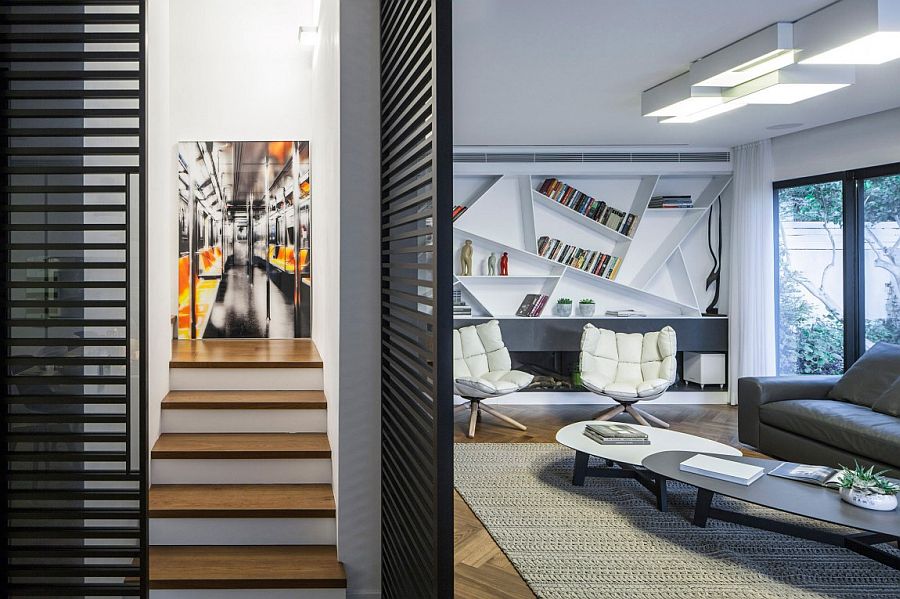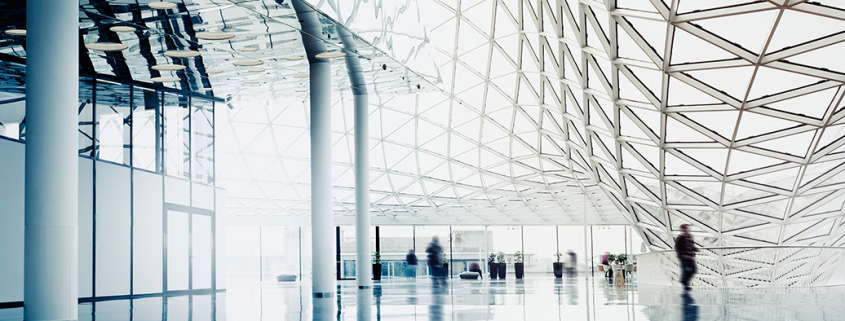Why Aluminum is the Key to Sustainable Building Construction
While the New York City skyline evolves all around it, the Empire State Building has has always been consistent. Constructed in between 1930 and 1932, the structure, having its sharp spire imposing above the metropolis, continues to be a feat in skyscraper architectural.

That renowned spire is constructed from aluminum, similar to the building’s window frames which changed out former steel frames following the water leaks during 1994. Taking into account additional latest enhancements done this year, it’s not surprising that when it was time to change or restore deteriorating material in the building, renovators centered on aluminum.
As sustainable design gets to be more higher priority to reduce the effect of climate change, it’s aluminum’s time to stand out. Amid a new decade and with a greater requirement to minimize the carbon footprint in building, aluminum appears to be more appealing choice both for sustainable and trendy living.
For instance, aluminum factors greatly into the concept of an environment friendly mid-century style home, that has experienced an increase during the last couple of years. It’s common on curtain walls, roofs, cabinets, and solar shading and panels. The mid-century design provides with it the power to reflect natural light, meaning buildings could be cooled down for less cash, and its huge aluminium windows are a prevention for higher air conditioning and lighting charges. Dating back into the1930s, the mid-century home is certainly an in-vogue design for modern and eco-friendly living. Having its open floor plans and enormous windows to allow light in, home residents have reduced the obstacles in between the flow of their space and granted for daytime energy power sources. Making smaller areas look bigger lowers the desire for more square footage and saves land which may otherwise be constructed on.

It’s crucial to be aware of the kinds of materials utilized in building. When comparing wood and aluminum for the exterior material of buildings and homes, aluminum is an excellent choice. Where wood needs frequent maintenance, aluminum is sturdy and affordable. Aluminum siding is all but resistant to denting, very weather-resistant, and does not rot. It will help fixed the temperature in places with cooler and warmer climates alike, retaining warmth in or serving as a fire-resistant agent in dry climates. For people who want a wood look yet choose to remain eco-friendly, you’ll find digitally imprinted wood designs which could be included into siding while still keeping an original aluminum base.
With the greater focus on construction which achieves LEED certification via sustainable design, aluminum – having its lower density and capacity to conduct heat – appears ready to become a natural catalyst for a eco-friendly future. Meaning reducing carbon emissions, raising water conservation, and taking natural light instead of electricity. Research has shown that buildings having LEED certification present a 20% lesser maintenance expense in commercial buildings, and also escalating property value. Not just green building is the smart action to take, it’s also an ideal way to minimize expenses and save cash.

Furthermore, aluminum is 100% recyclable, meaning it’s malleable and doesn’t reduce any of its benefits in one use to another. This reflects 95% of solar energy whenever correctly layered, decreasing the requirement for high energy usage in managing temperature within buildings. And also its resistance to rust means a long-term cut in building repair which often otherwise gives a big environmental footprint.
It isn’t an overstatement to say that with regards to climate change, the world sees itself at a crossroads. The decisions stakeholders make on planning their building projects – and the way such projects will consequently help in an even more sustainable future – can play a huge part in the story of the global battle towards climate change. Utilizing the resources at our disposal and to be smart with the kinds of materials we utilize not just makes smart business sense. It’s also simply the proper move to make.





Leave a Reply
Want to join the discussion?Feel free to contribute!